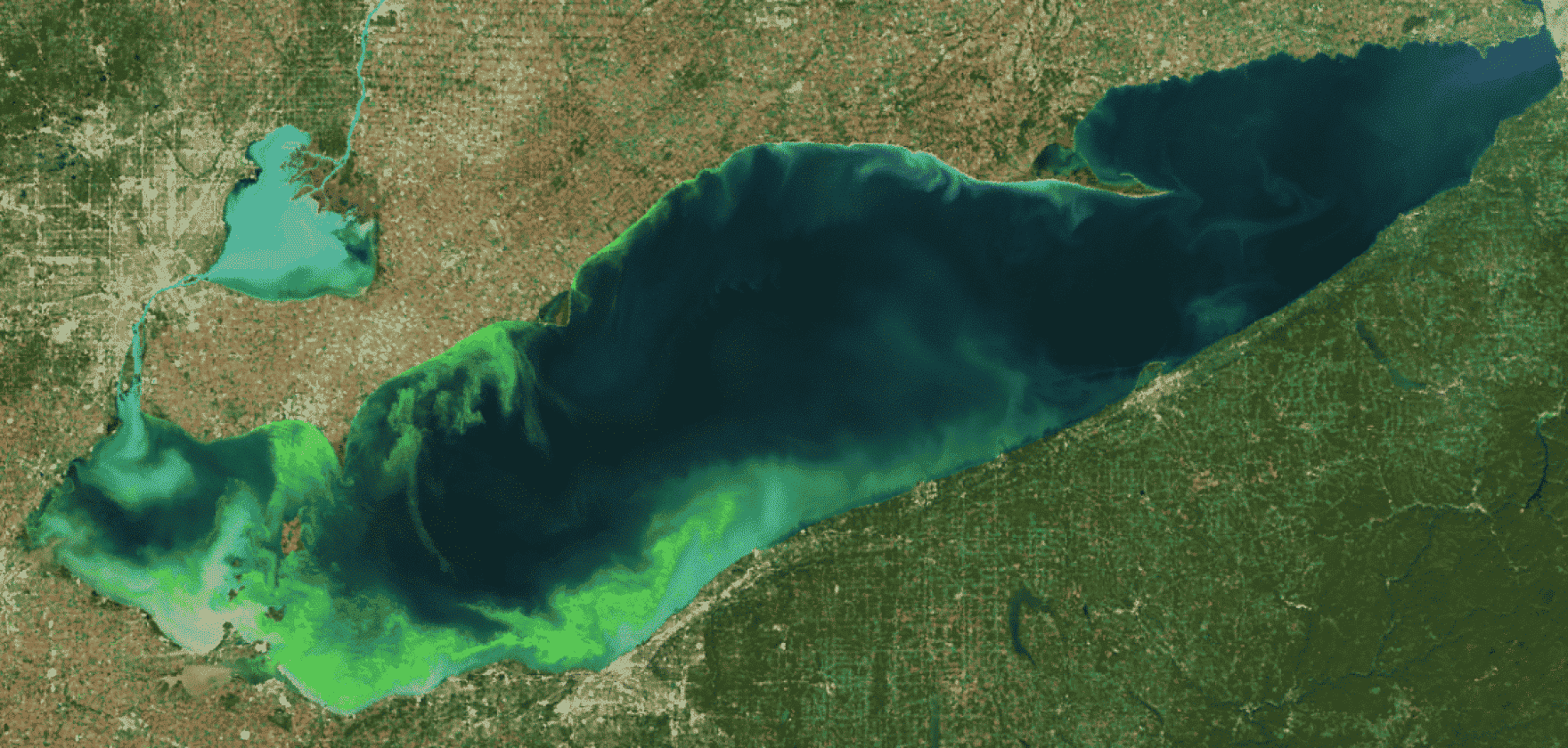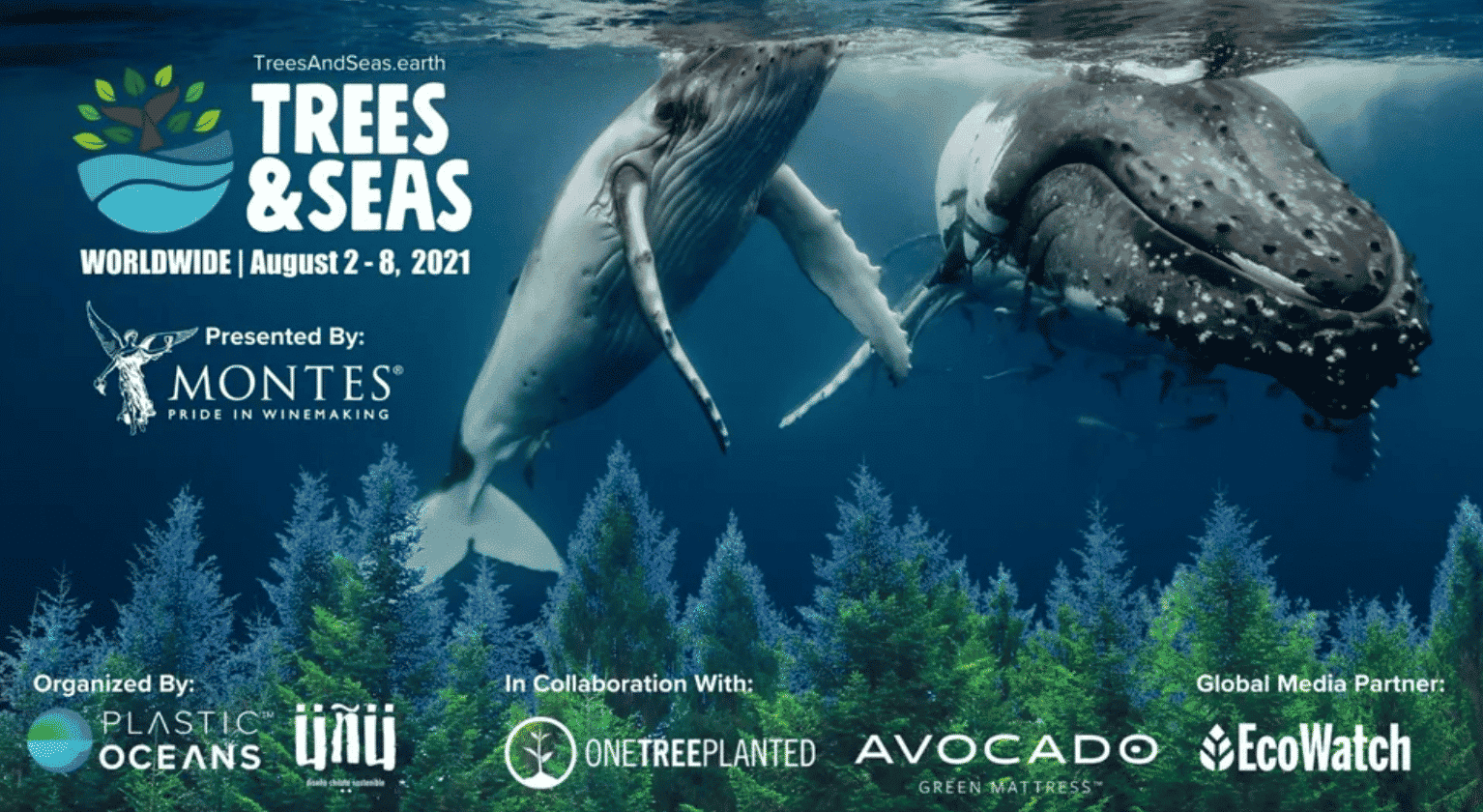

With #PlasticFreeJuly upon us, there has been a necessary, global focus on curbing plastic pollution and other trash that comes from land and often ends up in the sea. Now, in partnership with Plastic Oceans International, EcoWatch is highlighting the dangers of another land-based source of ecological harm: runoff.
According to the United States Geological Survey, runoff naturally occurs after rain falls onto a landscape. The water doesn’t just sit on top of the ground; some seeps into soils to refresh groundwater, but most flows across ecosystems as surface runoff. In this way, runoff is an important part of the natural water cycle.
Runoff becomes a problem when stormwater picks up potential pollutants as it flows overland. According to USGS, stormwater pollutants can include anything from sediment, nutrients from agriculture such as phosphorous and nitrogen, bacteria from animal and human waste, pesticides from lawn and garden chemicals, to metals from rooftops and roadways. All of these things accumulate as water flows down drains and/or towards streams, lakes and ultimately the sea. They also degrade water quality and can pose danger to plants, animals and people, USGS reported.
Satellite image of a bad algal bloom in Lake Erie, resulting from runoff. NOAA
As you can imagine, storm events and hurricanes often lead to massive water flows across land and into the sea.
Charles Rolsky, director of science for Plastic Oceans International, told EcoWatch, “Runoff is the process by which excess nutrients are carried off via certain events and accumulate in dangerously high concentrations within ecosystems around the world.”
The sustainability, plastic pollution and wastewater treatment plants expert explained a key difference between runoff and conventional trash: nutrients (in healthy quantities) do help flora and/or fauna on the planet to live, whereas “trash has little to no positive effect at any level.”
Unfortunately, high concentrations of nutrients contained in most runoff are what cause harm, he said. Nutrient runoff can cause a multitude of problems in ecosystems worldwide, Rolsky emphasized.
Trash, excessive nutrients and other pollutants are making their way together down drains and streams and harming aquatic life along the way. Just as with trash, there are “downstream consequences” of this runoff and wastewater that are often overlooked. Here are a few:
- Excess phosphorous from agricultural sources has led to algal blooms that deplete oxygen from aquatic and marine ecosystems. This causes massive die-offs of aquatic and marine life and can release toxins harmful to humans. In Tampa, FL, one such red tide is currently devastating marine life.
- Water pollution has caused massive seagrass die-offs, which is starving Florida manatees.
- Nitrogen released when fossil fuels are burned can create acid rains that damage lands and waters around the planet.
- Methamphetamines excreted by users pass through sewage systems and then discharge from wastewater treatment plants, and can cause trout to become addicted, CNN reported.
- Sea turtles, especially endangered green sea turtles that live near urban coastlines, often develop debilitating fibropapilloma tumors on their eyes and flippers. “Studies suggest that there are links between FP and human effects on the environment, including various forms of pollution” in the water, NOAA reported.
- Animal waste and fertilizer runoff from industrial meat farms created the largest marine dead zone ever in the Gulf of Mexico where nothing can survive in the oxygen-depleted waters.
- Car pollution has contributed to 100% mortality of endangered Coho salmon in the Puget Sound Basin through stormwater runoff along the transportation grid.
All of these unfortunate events underline how humans pollute the natural environment far beyond what is visible.
“We need to be more aware of our impact on the environment,” Rolsky said. “Seemingly small concepts like flushing plastic down the drain can have major consequences for the planet. Wastewater treatment plants, for example, are now considered major sources of microplastic pollution, which is a direct result of humans flushing plastic trash down the drain. More attention must be paid to our impact on the planet, soils included.”

 233k
233k  41k
41k  Subscribe
Subscribe 

